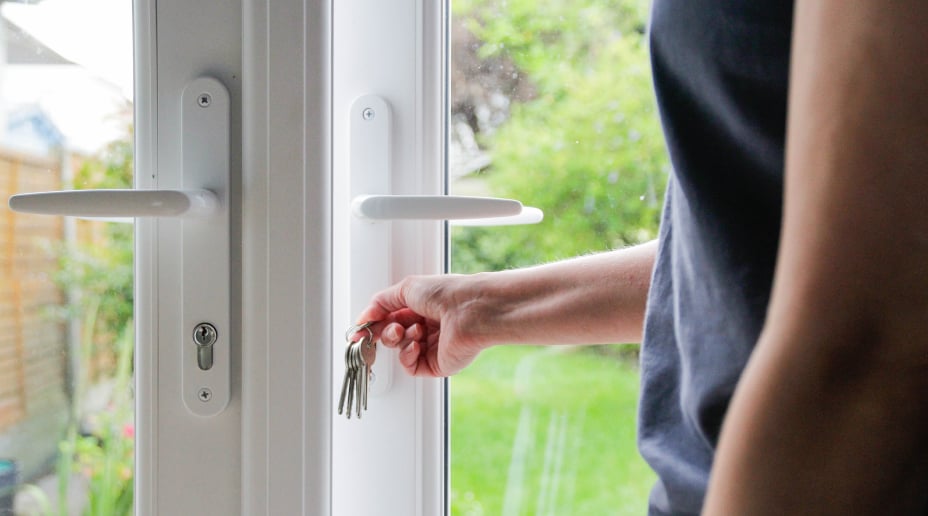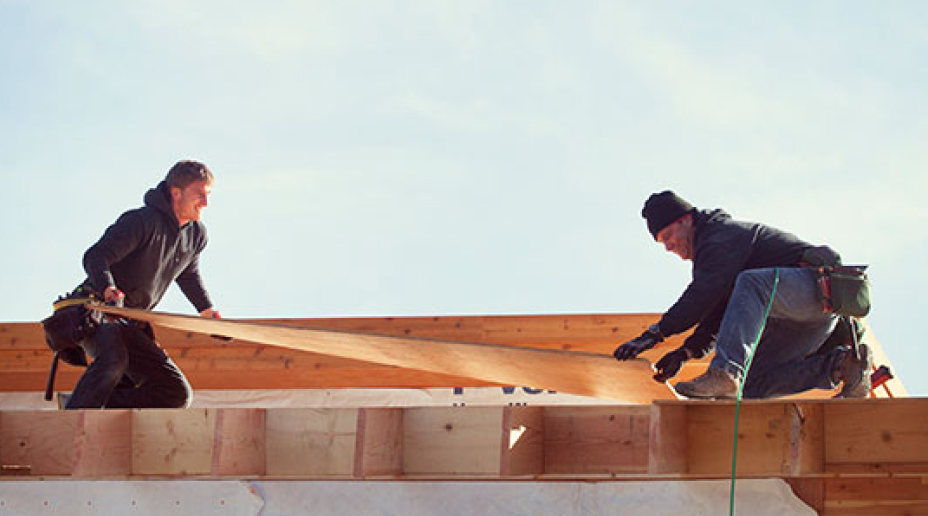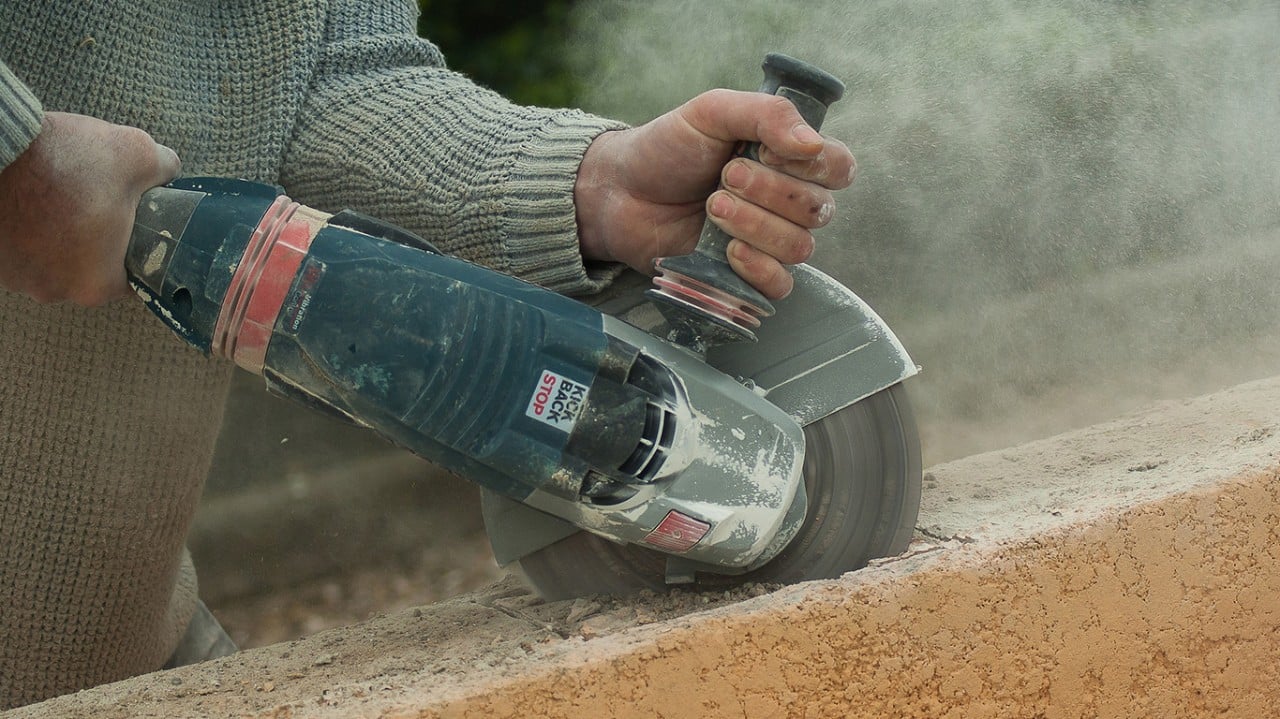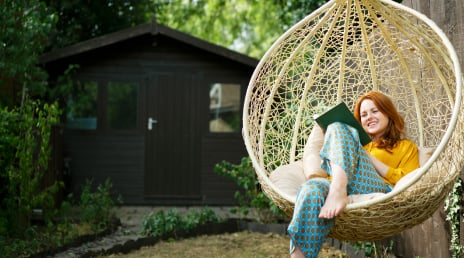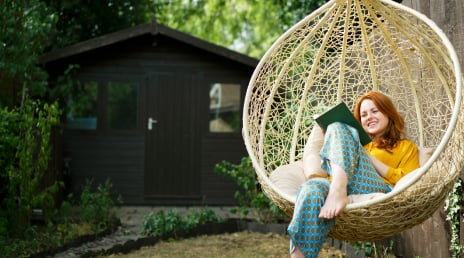How to treat woodworm damage
- Different woodworms can cause different types of damage
- Check your home insurance covers pests
- Call professional help if you have an infestation
What is a woodworm?
Woodworm is the term used to describe the larvae of any woodboring beetle. Although these worms look small and harmless, once they get into your timber, they can cause major problems if left untreated.
When people think they have woodworms, what they're looking at are the holes left by the common furniture beetle, Anobium punctatum. The adult beetle is three to four millimetres long and lays its eggs in damp softwood or hardwood. The larvae damage the wood by spending the next three to five years boring through it before they emerge as adults, leaving small distinctive holes.
Other wood-boring beetles include:
- Death Watch
- Powder Post
- House Longhorn beetles.

How do I know if I have a woodworm problem?
Seeing tiny holes in your floorboards or furniture doesn't necessarily mean you have a current infestation, it could indicate that woodworms have been there in the past.
If you have an active woodworm problem, you'll find fine powdery dust around or underneath the holes. You’ll also see the adult beetles emerging from the holes between May and October. If you dig down into the wood, you'll also be able to see the larvae.
Should I worry about woodworms?
If you're sure you have a woodworm problem, you need to take action. The first step is to identify which type of woodworm you have.
Common furniture beetle
Despite its name, this beetle can bore into much more than furniture, it can also attack wooden instruments and wicker goods. The good news is, it rarely causes major structural damage, but you need to make sure you’re checking all your wood items regularly.
If you find evidence of infestation, the larvae can usually be treated easily with woodworm killer that can be applied directly to the piece of furniture or structural timber.
If you think you have an extensive problem, contact an expert.
Death Watch, Powder Post and House Longhorn beetles
Although these beetles are rarer than the common furniture beetle, they can also be more problematic. These beetles are harder to detect and create bigger holes, which can lead to more structural damage.
If you think these beetles have gotten into any of the structural timbers in your house, you’ll need to act fast. The British Pest Control Association recommends calling a professional as soon as you think there’s infestation. Sometimes the only way to get rid of the problem is to use products that are not available to the public.
Will my home insurance cover the cost of woodworm treatment?
Woodworm damage is considered to be gradual deterioration and part of the wear and tear of a building, so always check whether your home insurance covers this.
Although Allianz won't cover woodworm damage specifically, you can add home emergency cover to your buildings insurance to cover other pests such as bees, wasps, hornets, rats, mice, and squirrels.
If you keep on top of the maintenance of the timber in your home, you should be able to spot woodworm before it causes any major issues. Catching it early makes it easier and less expensive to treat.
How can I prevent woodworm damage?
The beetles that cause woodworm only want to lay their eggs in wood that provides a nurturing environment for their larvae, so they generally choose damp or rotten timber. You can discourage beetles from laying eggs by keeping your home dry and well ventilated.
Before bringing any old or second-hand wooden furniture into your home, check it for signs of recent woodworm activity. If you suspect it may contain active woodworms, get it treated before you place it in your home.




